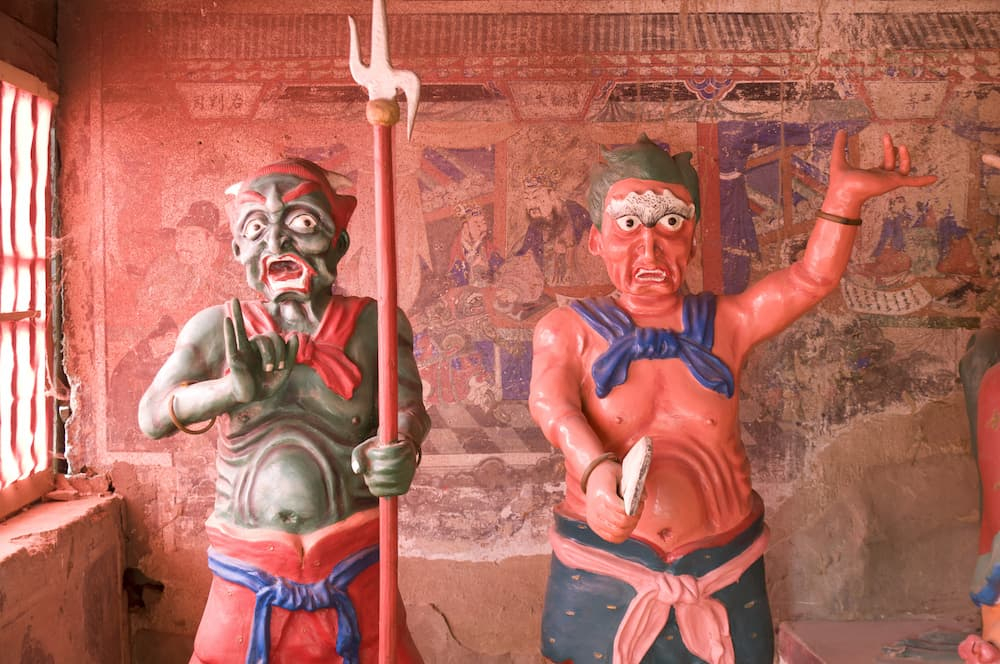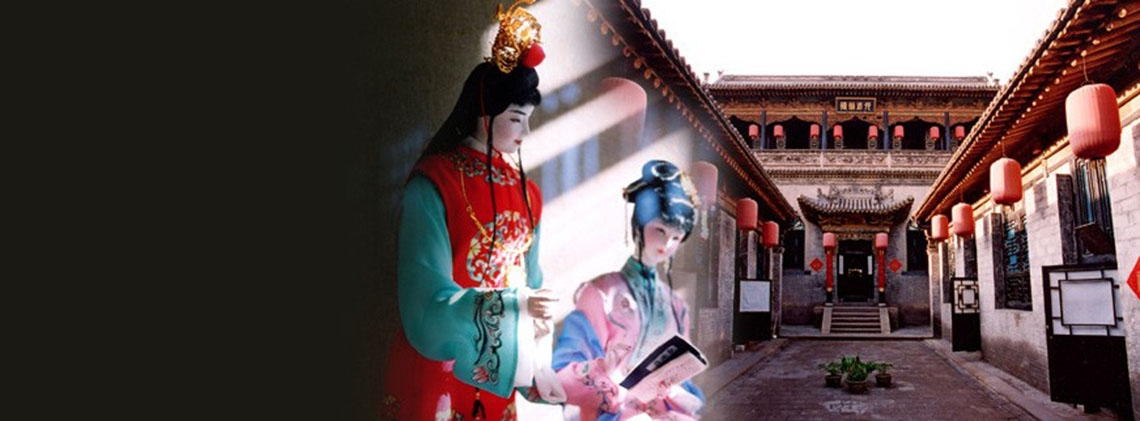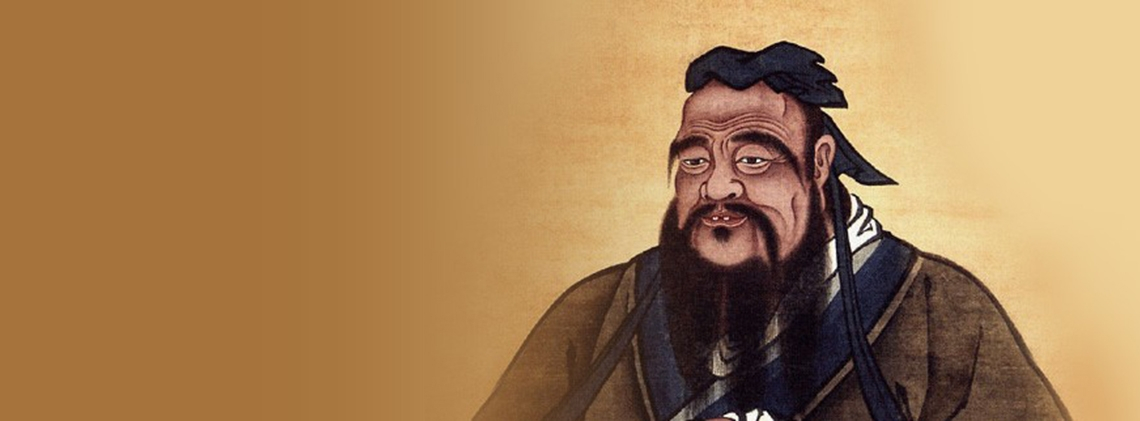Doors are the passages we go in and out of every day. These seemingly ordinary structures embody rich Chinese culture. In ancient China, doors carried meanings of social status, etiquette, and moral norms. In the Book of Rites (《禮記》), for instance, it is recorded that representatives from different tribes and groups had to stand outside the door during important ceremonies held by the Kings of the Zhou Dynasty (周朝) in the imperial hall. Doors were there to differentiate social classes. Other examples are: Mendi (門第) refers to the moral standards and behaviour passed down within a family or lineage; Menwang (門望) is known as the social reputation of a family. Both words carry Men, meaning “door”.
There was a saying “The door is the belt” in ancient China, meaning a door represented the status and position of the homeowner. Therefore, the ancient doors carried some elaborate designs. Structurally, they consisted of door panels, doornails, door knockers, door knocker holders, door thresholds, decorative cylinders, door lintels, and door threshold stones. Among these, the door panels and doornails were the most indicative of the homeowner’s status. For example, the door panel could not be less than 1m and 60cm wide for the imperial and civilian residences respectively.
Take Tiananmen Gate (天安門), the first gate of the Forbidden City in Beijing (北京), as an example. It is a three-storey and 33.7m-tall tower having a hip-and-gable (or Xieshan style in Chinese [歇山式]) roof with double eaves. With five gates under the city terrace, the whole structure fully reflects the imperial majesty of the “Son of Heaven”. The number of doornails was not random. In traditional Chinese numerology, numbers are classified as yin (陰, as negative) and yang (陽, as positive). “Nine” symbolises extreme positivity and was commonly associated with the emperor. Hence, the arrangement of 81 doornails for palace gates followed the rule of nine vertically and horizontally. The best ancient example of residential doors for civilians was seen in Siheyuan (四合院, a quadrangle courtyard residence). The main gate of a Siheyuan had to face the southeast direction based on the principles in the Book of Changes (《周易》), which designates the southeast as the direction of Xun (巽, representing “wind”) in the Bagua (八卦). It is also the point of ventilation connecting cosmic energy. Additionally, a Siheyuan courtyard typically had a higher elevation in the northwest and a lower elevation in the southeast. Placing the main gate in the southeast facilitated drainage.
City gates were crucial structures in ancient times, with the southern gates being the most important. According to the regulations in the Rituals of Zhou (《周禮》), traditional Chinese architecture was oriented with the back to the north and the front to the south. This turned the southern gate into the main entrance, which was the liveliest and busiest area. Those in power thus used it as a place for promoting policies and posting official documents. For instance, the story of Shang Yang’s (商鞅) “Transferring a wood to build trust” took place at the southern gate of the Qin State (秦國)’s capital city during the Warring States Period (戰國時期).
Doors also have divine guardians. The first generation of door gods were Shen Shu (神荼) and Yu Lv (鬱壘), mythical deities who were pictorialised as wooden carvings made from peach wood. People carved their images to hang on doors during the Lunar New Year and other festivals to ward off evil spirits and protect homes. This practice later evolved into using peach symbols. During the Tang Dynasty (唐朝), two new door gods emerged - Yuchi Gong (尉遲恭) and Zhong Kui (鍾馗). This legend originated from an incident where Emperor Taizong of Tang (唐太宗) was troubled by nightmares of being haunted by ghosts. He thus ordered these two great generals to guard the palace gates when he was asleep. Surprisingly, the emperor’s nightmares ceased, leading to the deification of Yuchi and Zhong as door gods since then.
In addition to peach symbols and door god paintings, door couplets are also common decorations found on doors. Door couplets evolved from peach symbols during the Later Shu (後蜀) period of the Five Dynasties (五代). They were promoted by Meng Chang (孟昶), the Later Shu monarch who required his officials to write parallel sentences on peach symbol boards. They were eventually transformed into door couplets. Another emperor who had a fondness for door couplets was Zhu Yuanzhang (朱元璋) of the Ming Dynasty (明朝). He decreed that every household in the country must display a set of door couplet. This imperial decree significantly popularised the use of door couplets during the Ming Dynasty.








